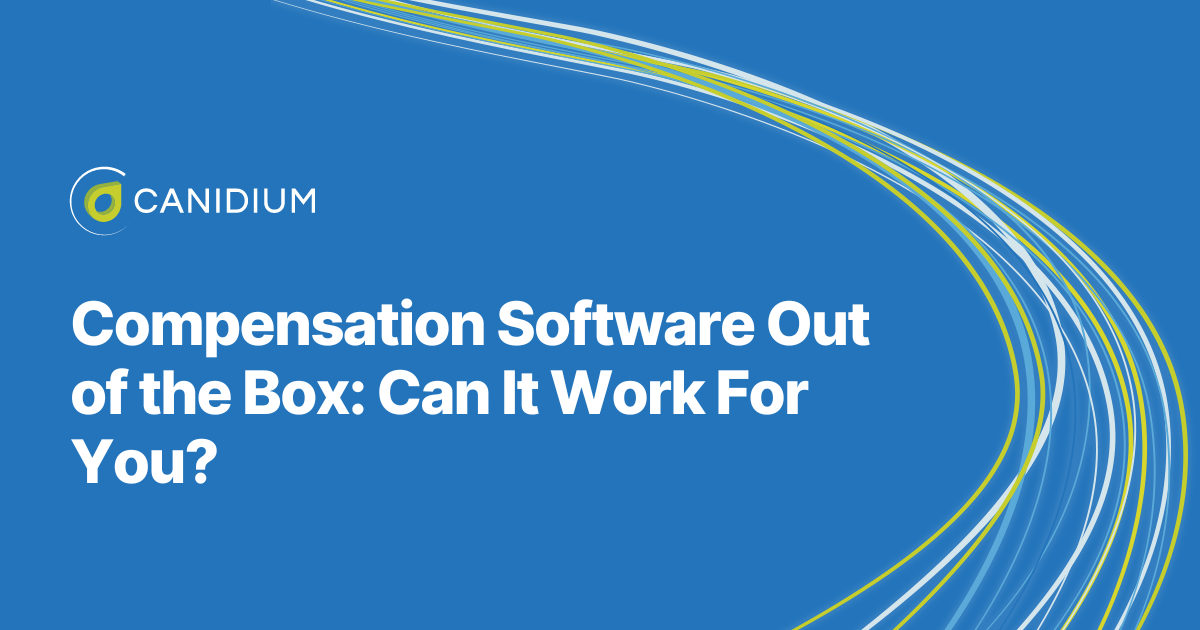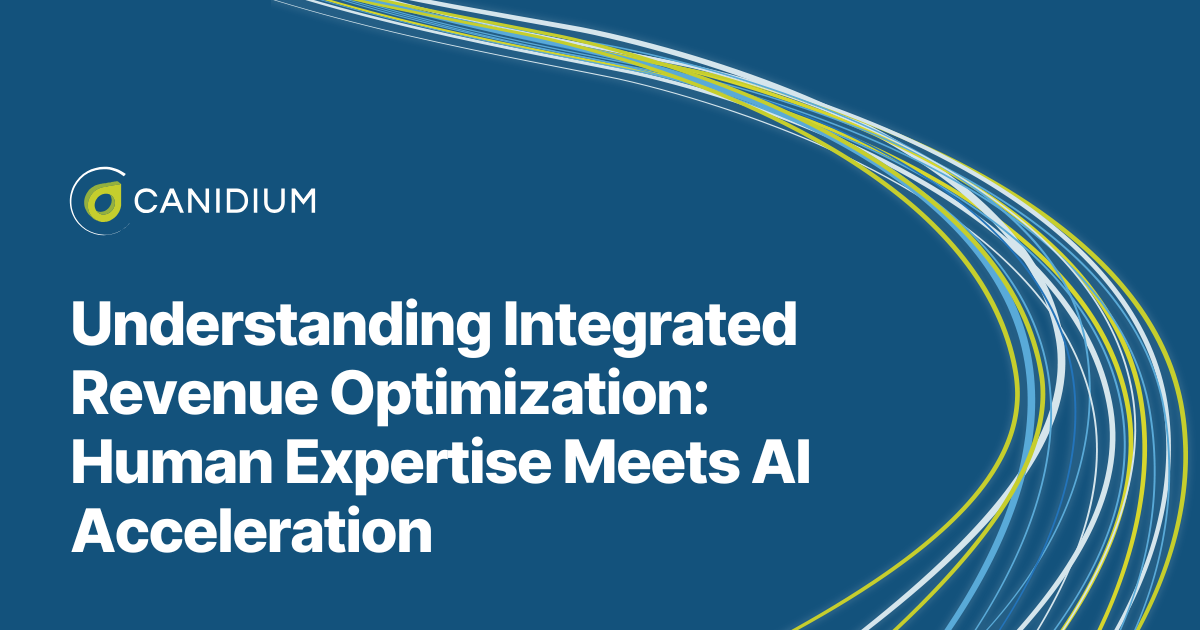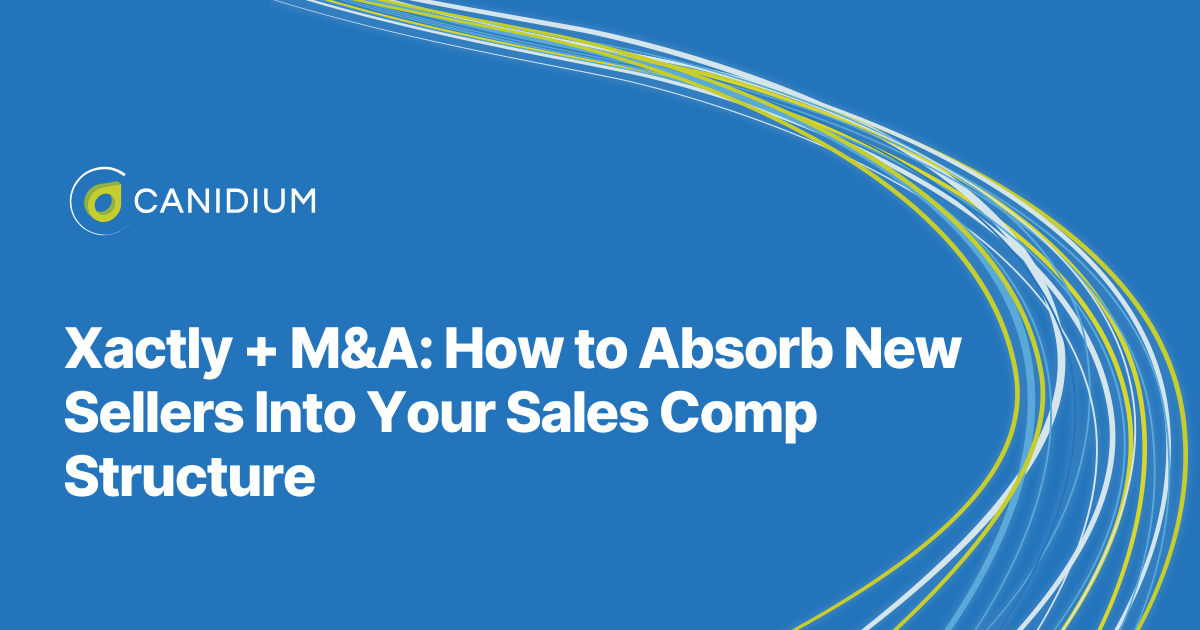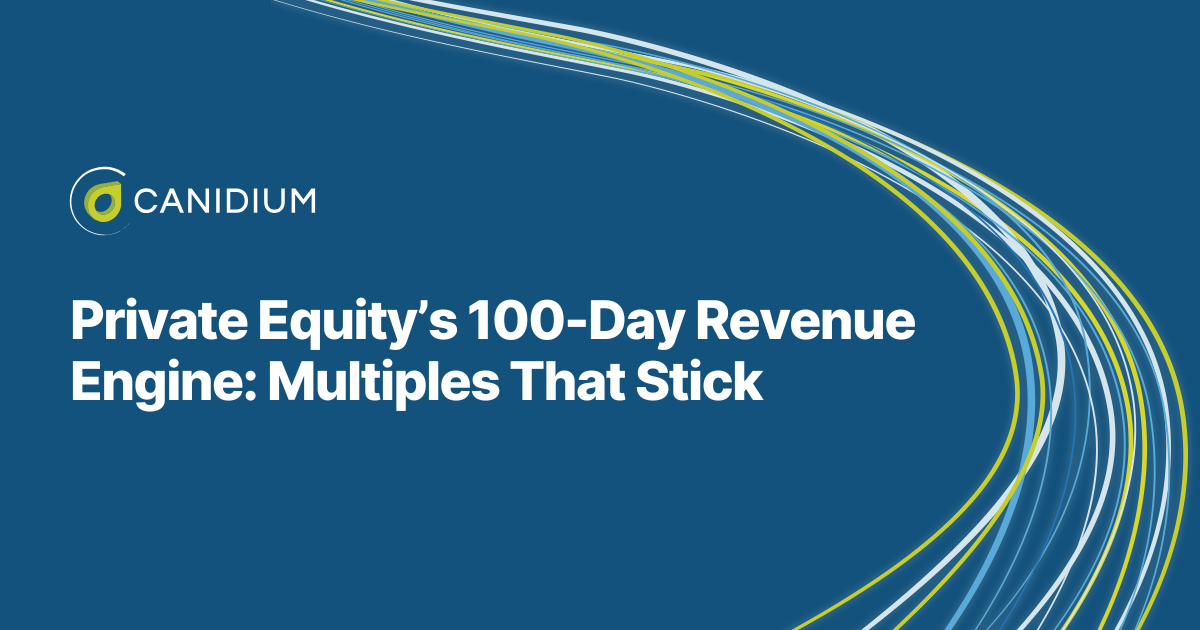If you're considering compensation software and researching pricing, you may have had this thought: Why can't we just buy a product and utilize it out of the box?
While this sounds like a money-saver, a lot goes into implementing these complex solutions so that they serve the purposes your organization needs them to.
At Canidium, we have been implementing software since 2008. We know the process backward and forward. We have also seen many clients come to us after realizing they could not simply buy and start using the software.
By the end of this article, you will clearly understand what aspects of compensation solutions need to be configured to be useful to your organization.
Essential steps in software implementation
Configuration: Incentive compensation plans vary widely across organizations. Each company has its unique compensation rules, metrics, and performance targets. Incentive compensation software must be uniquely configured to meet the organization's specific requirements. This implementation process often requires input from various stakeholders, including HR, finance, and sales teams, to ensure the software accurately reflects the company's compensation structure.
Integration: Incentive compensation software must often integrate with other systems, such as HRIS, ERP, payroll, customer relationship management (CRM), or sales performance management tools. Integration can be complex and requires careful mapping of data fields, synchronization, and validation processes. Ensuring seamless data flow between different systems may require additional configuration and testing.
Data Accuracy and Validation: Incentive compensation calculations rely heavily on accurate and validated data. Software must handle various data sources, such as sales data, performance metrics, and individual targets. However, data quality issues, inconsistencies, or missing information can affect the accuracy of calculations. The software may require data cleansing, transformation, and validation mechanisms to ensure reliable results.
From Chaos to Clarity: The Value of Clean Data in Software Implementation
Rule Complexity: Incentive compensation plans involve intricate rules and formulas, such as tiered commission structures, quota attainment, thresholds, accelerators, and caps. Implementing these rules in software requires careful coding, testing, and validation. It can be challenging to capture all nuances and edge cases correctly, especially for highly complex compensation plans.
User Training and Adoption: Even if the software is correctly configured and functional, users, such as sales representatives or managers, must understand how to use it effectively. Training sessions and user documentation ensure users can navigate the software, input data accurately, and interpret the results. If users are not adequately trained or lack confidence in the software, it may lead to errors or resistance to adopting the system.
Continuous Improvement: Incentive compensation plans often evolve due to changing business requirements, market conditions, or strategic objectives. The software needs to accommodate these changes and allow for easy configuration updates. Ongoing maintenance and support are necessary to address issues, apply software patches, and incorporate enhancements or new features.
Hiring an SI partner to implement your compensation solution
Automating and streamlining compensation processes with incentive compensation software requires careful setup, configuration, and ongoing management tailored to each organization's specific needs. Consulting with software vendors, consultants, or internal IT teams can ensure successful implementation.
Finding the right software implementation partner requires interviews, research, and thought, but in the end, yields a superior result and an easier process.
We create resources so that companies can make judicial and well-informed choices. Here are a few pieces you may find helpful:
The Costly Truth: Why Hiring an SI Partner Beats In-House Configuration for SPM Software
3 Vital Resources for SPM Implementation That You Might Not Have Considered
Software Implementation Partners: 5 Trust-Building Clues and 5 Alarm Bells You Shouldn't Ignore
Want to learn more about Canidium?
Photo by Acton Crawford on Unsplash








